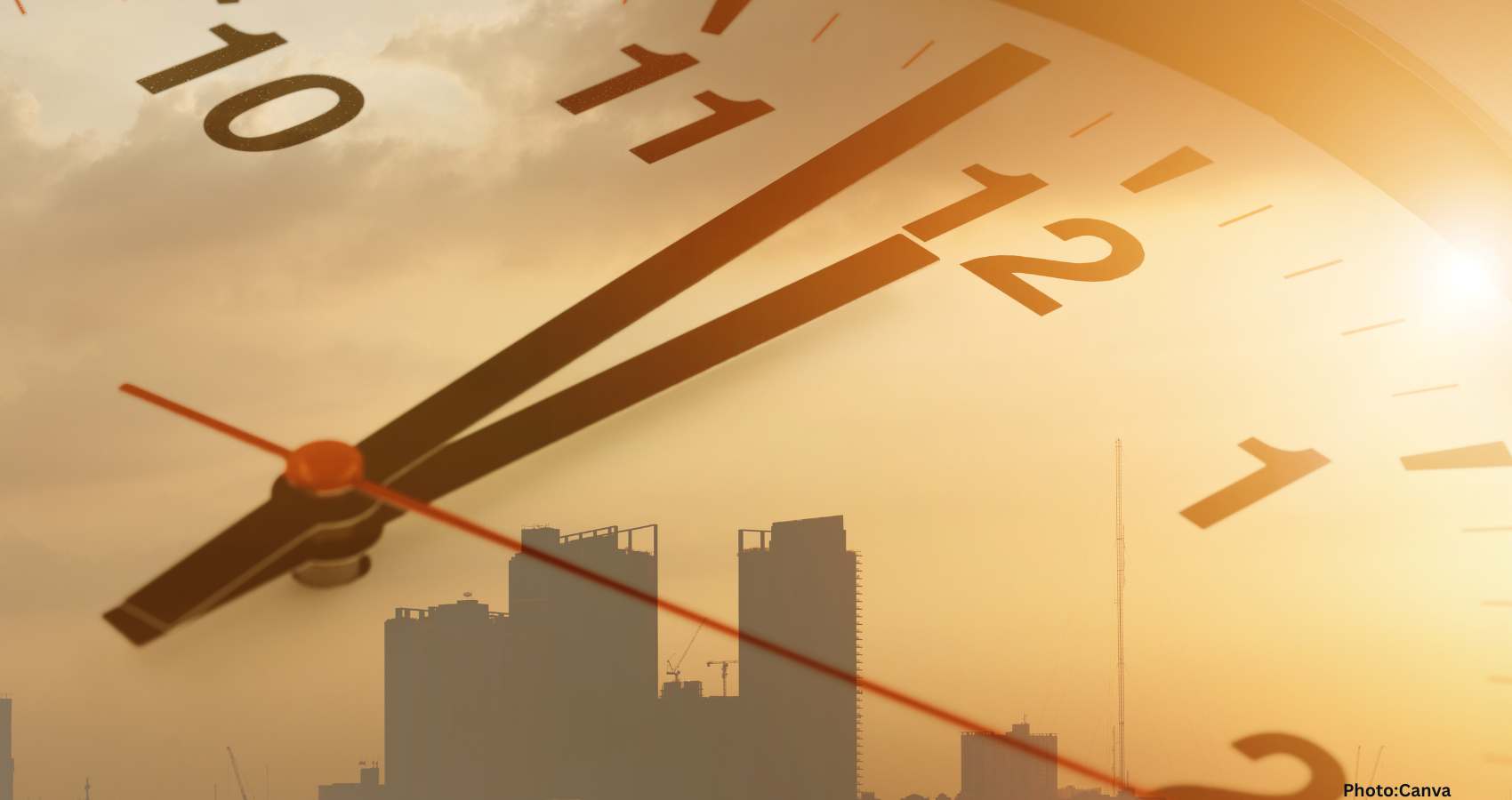The transition from daylight saving time to standard time on November 2 offers a unique opportunity to reflect on the history and implications of our timekeeping practices.
The clocks moved back on Sunday, November 2, marking the end of daylight saving time. This annual shift brings about a curious phenomenon: a day that lasts 25 hours.
At 2:00 AM, while many are sound asleep, the clock will fall back from 1:59 AM daylight saving time to 1:00 AM standard time. This change effectively grants an extra hour, allowing for a longer Sunday.
Daylight saving time is a practice that involves adjusting the clock forward by one hour in the spring and back again in the autumn. When it concludes, as it does on this Sunday, we revert to standard time and reclaim the hour of sleep lost in March.
The concept of changing our routines to maximize daylight is often attributed to Benjamin Franklin. In 1784, while residing in France, he penned a satirical letter to the Journal de Paris, later published as “An Economical Project.” In this letter, he humorously suggested that Parisians could save on candles by waking up earlier to enjoy more morning sunlight.
Franklin calculated that the citizens of Paris wasted significant amounts of tallow and wax by staying up late and sleeping until noon. His tongue-in-cheek solution included ringing church bells at sunrise and firing cannons in the streets to rouse the sluggards. Although his essay was meant as satire, the essence of his suggestion endured, leading to the eventual adoption of daylight saving time.
Germany was the first country to implement daylight saving time in 1916 as an austerity measure during World War I, aiming to conserve coal. The United States followed suit in 1918, but the practice was repealed the following year after the war ended. It was reinstated during World War II and became permanent with the Uniform Time Act of 1966, although it has undergone several updates since then.
But can we truly “save” daylight? The answer is no, as noted by novelist Karen Thompson Walker in The New York Times. By adjusting our clocks, we merely change our perception of daylight rather than the daylight itself.
The rationale behind daylight saving time is primarily energy conservation. When the clocks move forward in spring, people are compelled to rise an hour earlier. This often results in turning on lights in the early morning hours, but the energy consumed during these darker hours is typically offset by the savings achieved during brighter evenings, which reduce the need for artificial lighting.
However, the necessity of daylight saving time is increasingly questioned. As summer approaches, the sun rises earlier and sets later, providing ample daylight. Near the summer solstice in late June, many areas in the continental U.S. experience over 15 hours of daylight, with sunrise around 5:30 AM and sunset around 8:30 PM.
Our reliance on artificial lighting is influenced by the natural light available, suggesting that even without daylight saving time, we would still adjust our activities according to the sun’s position rather than the clock.
In various parts of the world, the disparity between standard time and solar time can be significant. For instance, in Xinjiang, northwestern China, the sun reaches its zenith nearly three hours after the clock strikes 12:00 PM. Conversely, in Assam, India, the sun rises well before the standard time, with bright daylight present at 4:30 AM, despite the clocks indicating that the day has not yet begun.
As we transition into winter, the jingle of Mister Softee may fade, but the changing seasons are still marked by the breath that clouds the glass. This shift in timekeeping serves as a reminder of our ongoing relationship with daylight and the rhythms of nature.
Source: Original article

